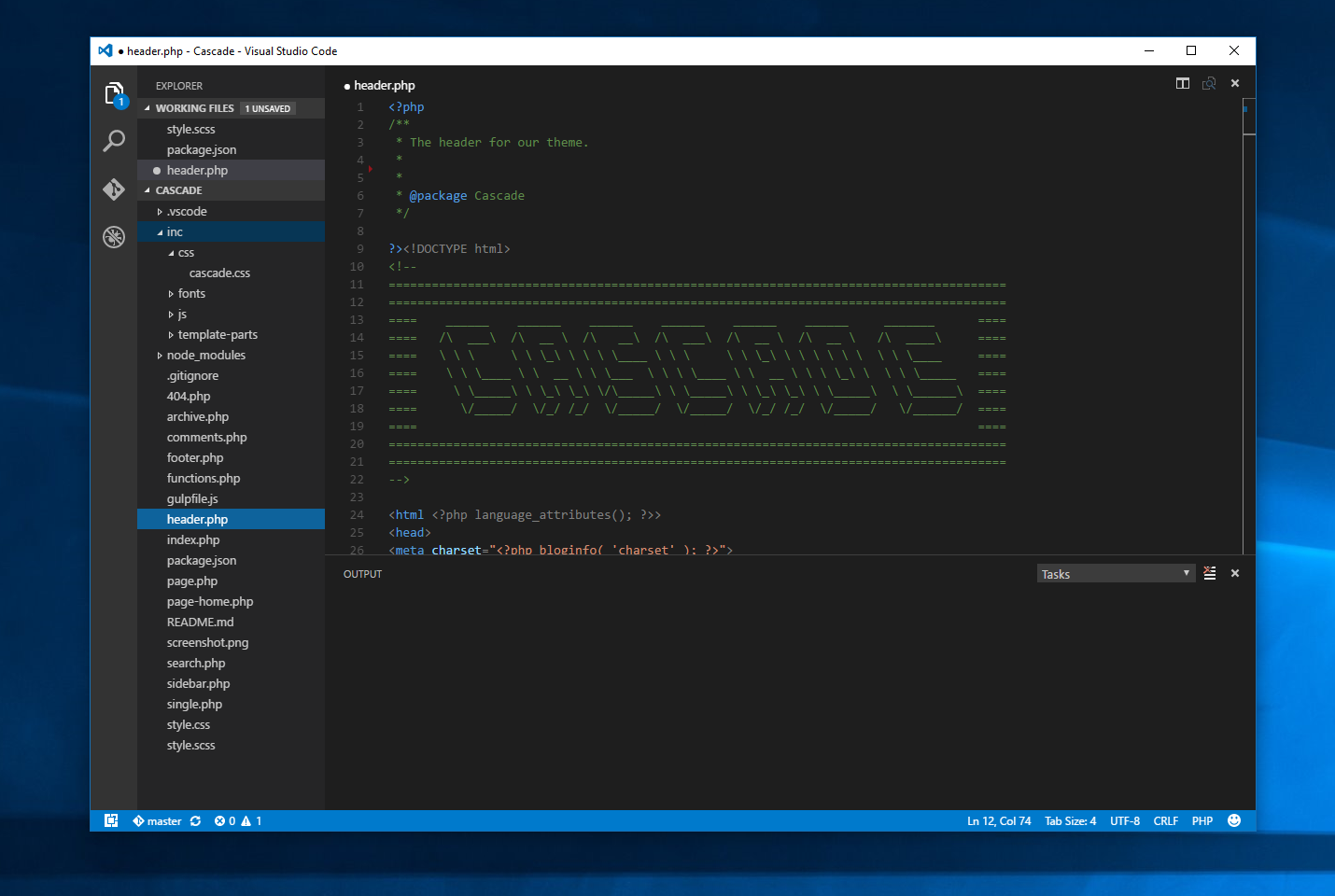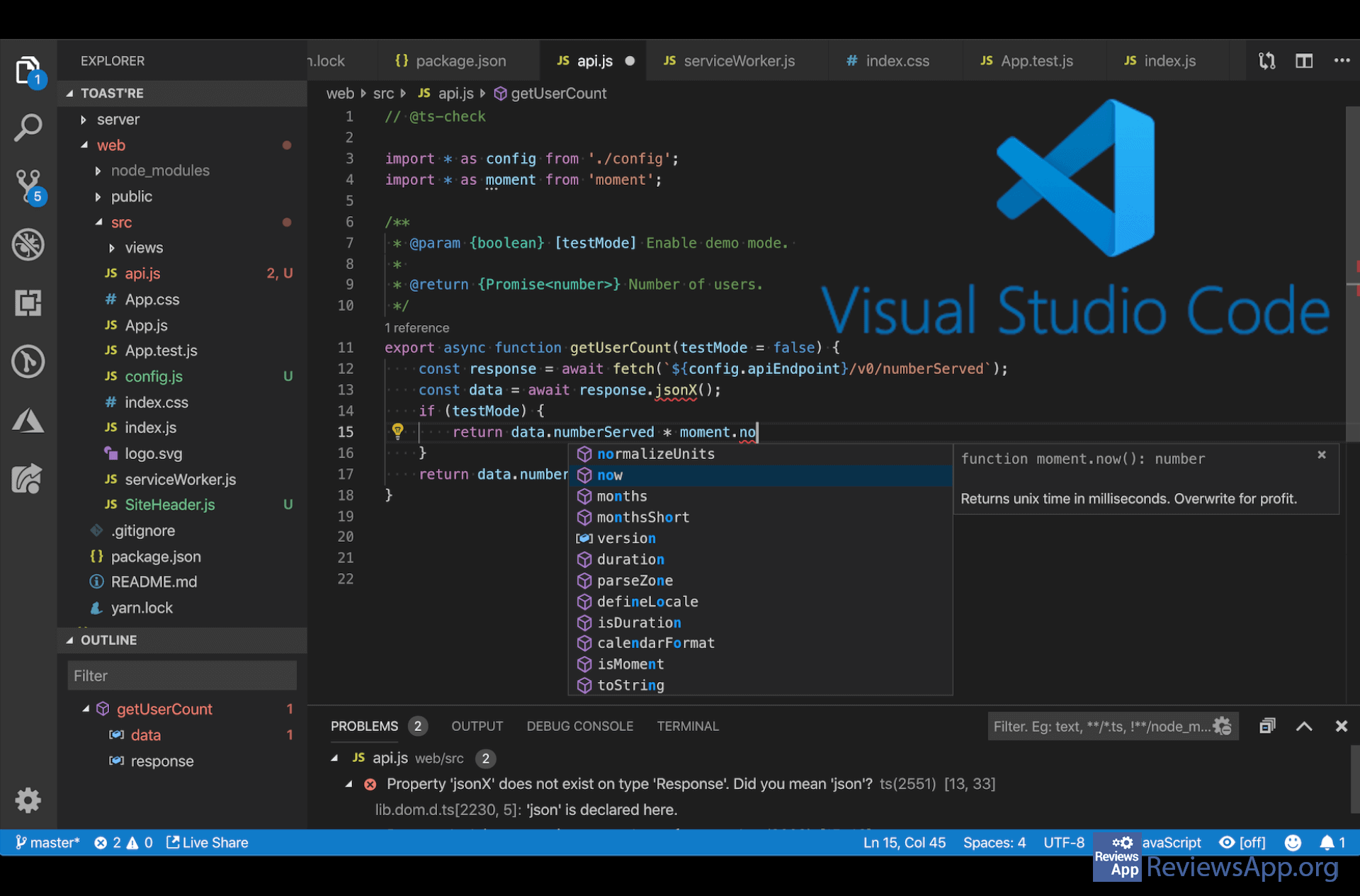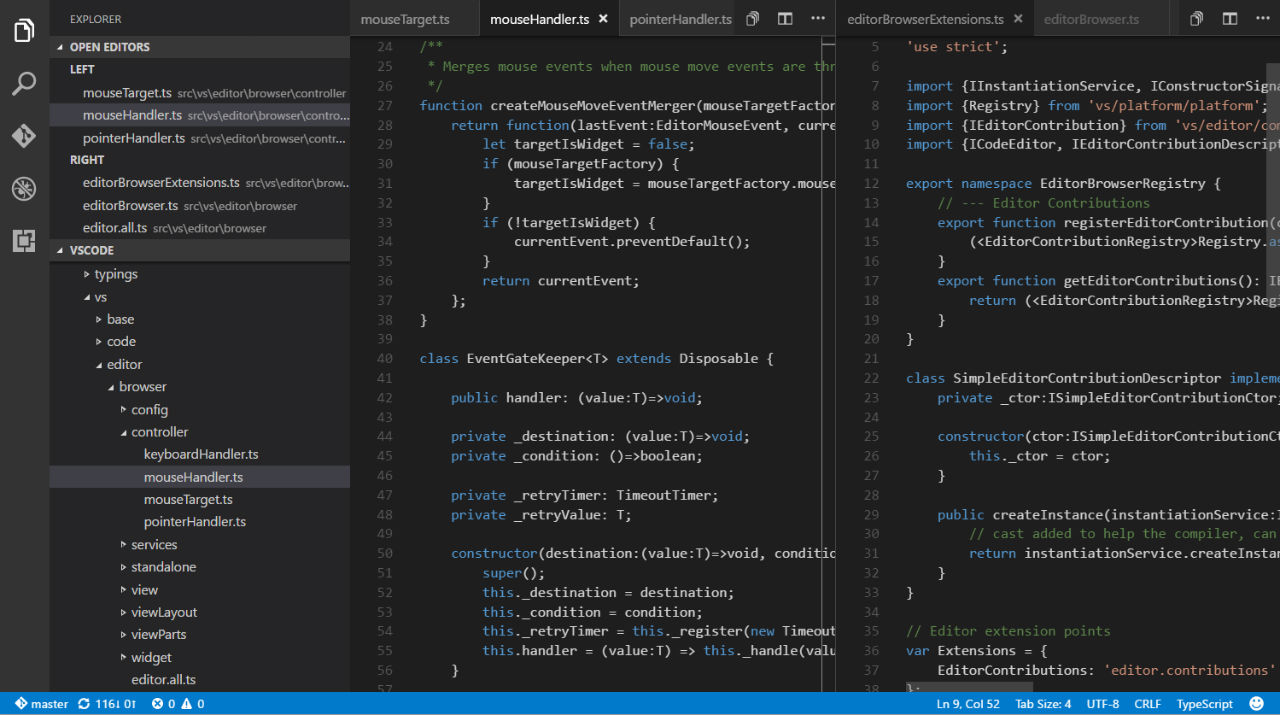


Only in this way is our code completely covered.

When we develop unit tests, we must validate that they test all flows. Since we ran the tests under the Test Explorer, now we can get excited with this tool, which seeks to give us feedback on the coverage of our code. At the top, shortcuts to quick functionalities and filters according to the result of each test.On the right, you will see the details in case you had a different result than expected.In the left area, you will see the structure of the test project and the result of each one.Then, you will have a new window, called Test Explorer, in which the tests will be run. Whether or not you have compiled the solution, the solution will be pre-compiled anyway. Now, to run our tests, we have to land on our unit tests project, and we click Run Tests. The Test Explorer, as a tool, allows us to run tests of several projects and the Test Class that correspond to it, under various testing frameworks. The example is in NUnit, although from there we can understand that it is good to work with the "AAA" pattern and that the differences between NUnit and xUnit are minimal. Inside the created class, we configure its setup and then, the test itself. To do this, we right-click on the folder in question and go to Add > New item and within it, we select "Class". It is essential that you follow a structure that allows you to recognize your test scheme, to guarantee the scalability of your project. Just as we create projects for libraries or the API itself, we also have to create one for testing.įollowing the same structure of the project to be tested, we create a mirror class (the same name, although with the suffix _ "Test"_). You may also need to install additional extensions. It can also be MSTest or NUnit, which runs at your choice. We right-click on the solution, and go to Add > New Project. Otherwise, I will tell you briefly as below. It is worth clarifying that, to follow these steps, the project must have unit tests.

To take advantage of this proposal, you must have Visual Studio in its Enterprise version, which is paid. Today, we are going to focus on the operation of the tools that Visual Studio provides us. In the previous installment we recognized the tools that we can use to validate our code and its coverage.


 0 kommentar(er)
0 kommentar(er)
